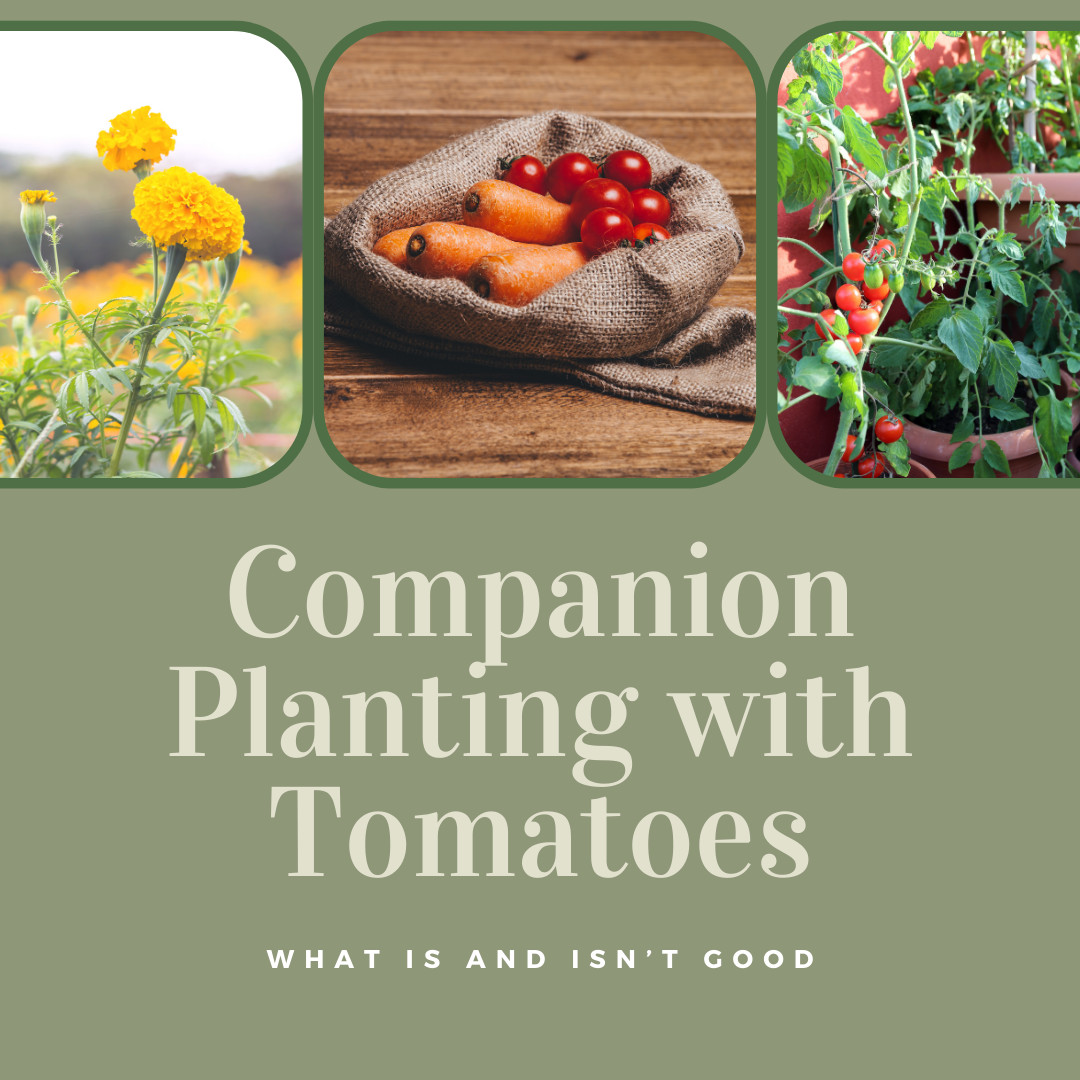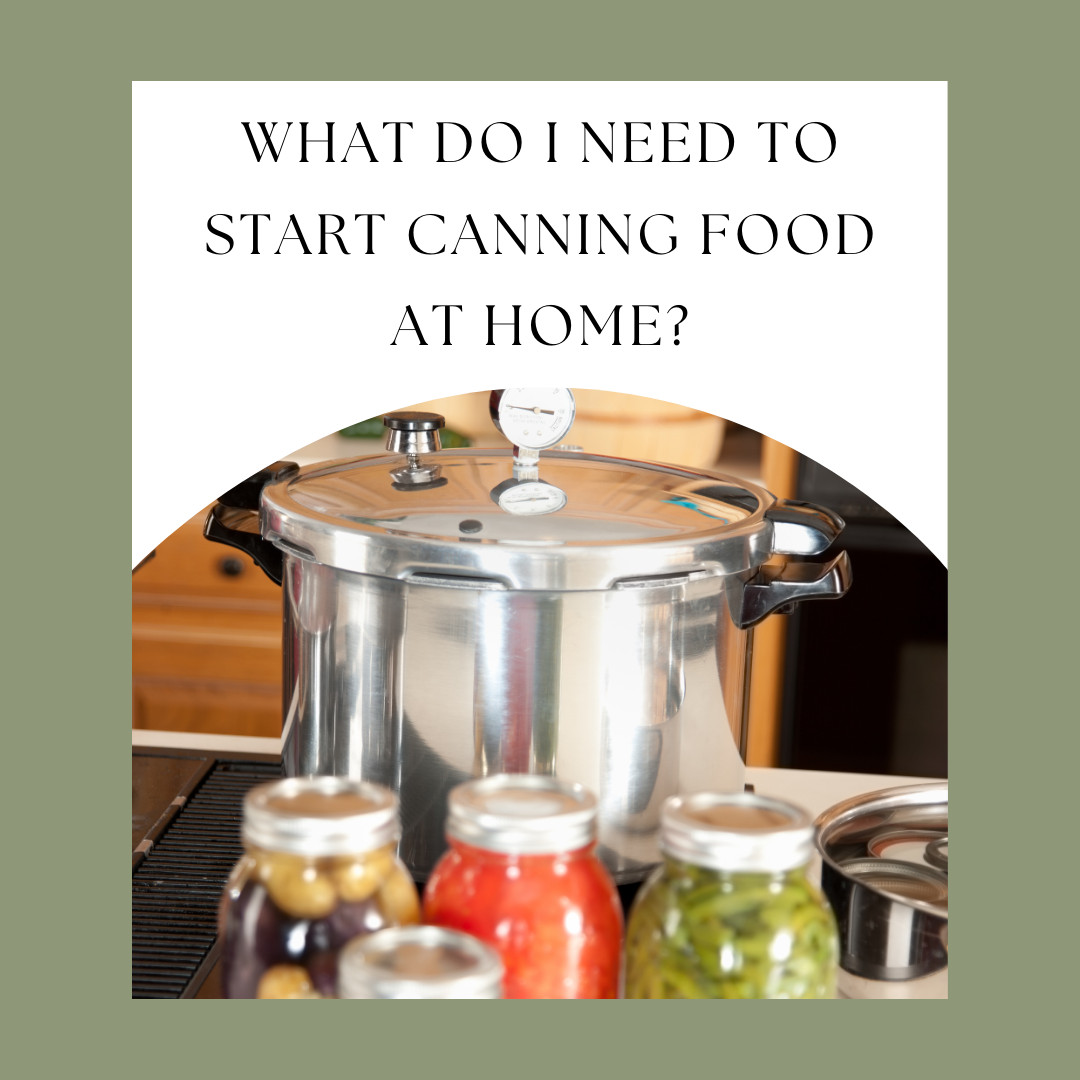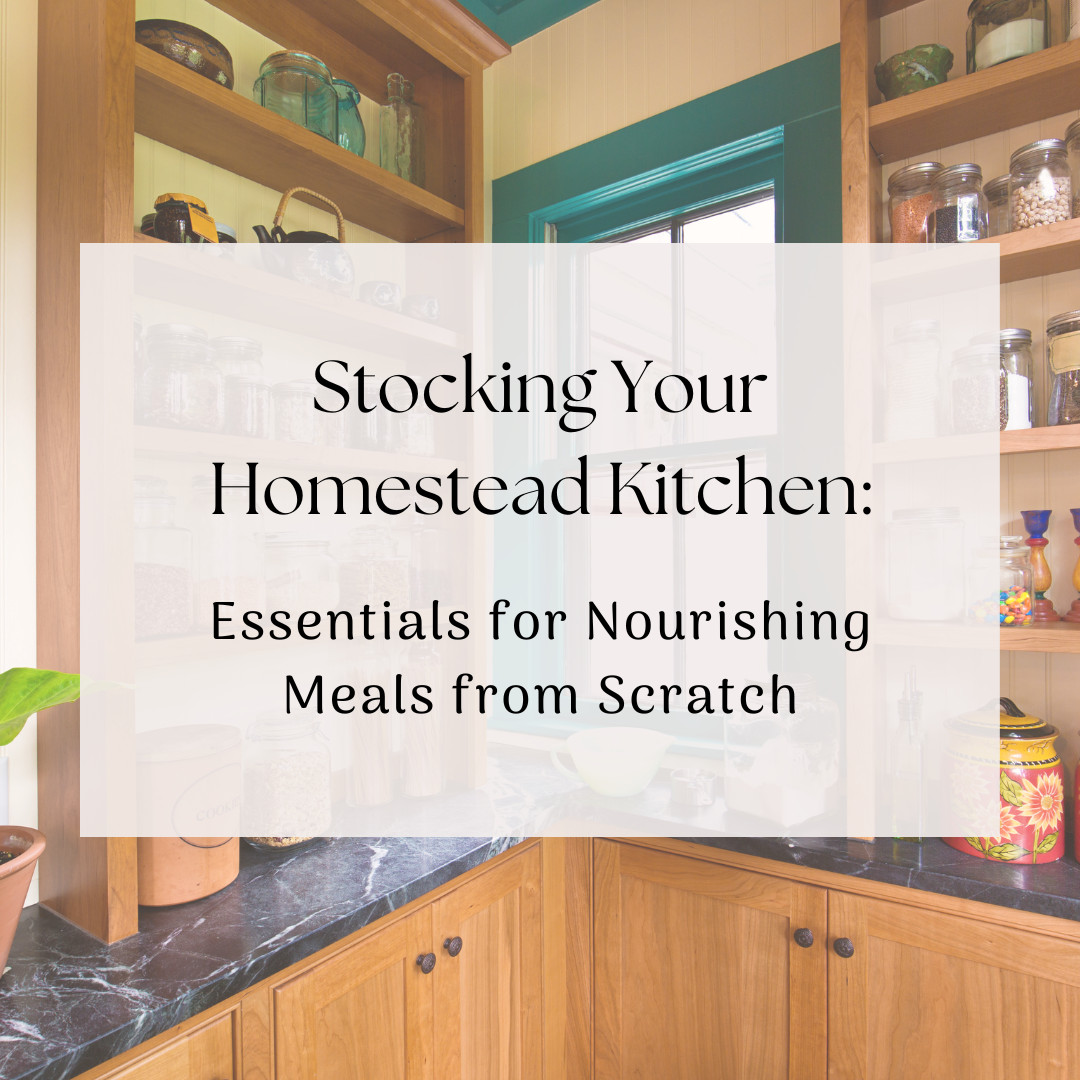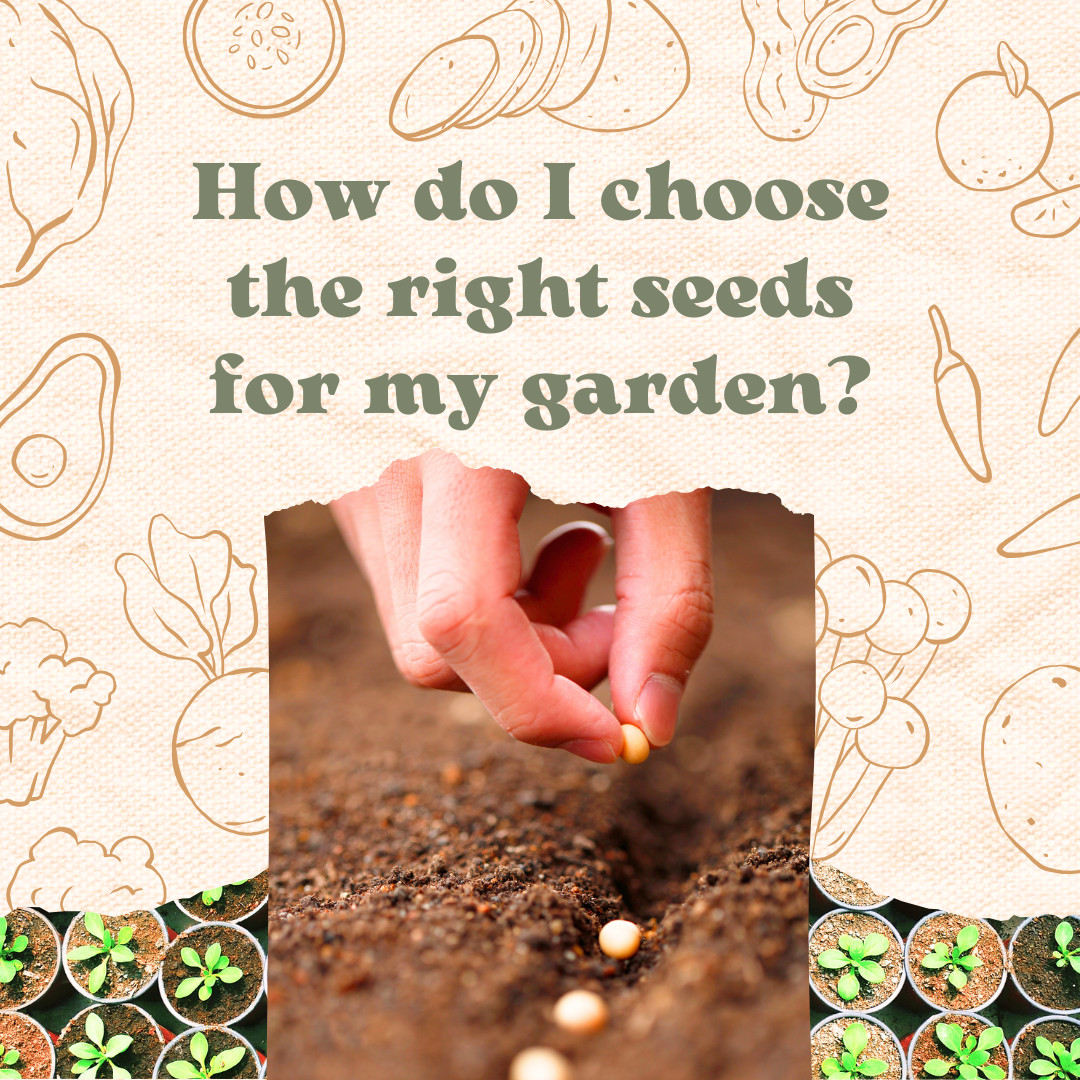
Companion planting is a gardening technique that can enhance flavor, increase yield, and repel pests, by planting certain plants in proximity. For tomato lovers, incorporating plants like basil, garlic, onions, carrots, lettuce, peppers, marigolds, nasturtiums, and borage into their garden not only benefits the tomatoes through improved growth and pest control but also adds diversity and beauty to their garden space. These companions serve various functions, from repelling pests such as mosquitoes, aphids, and tomato hornworms to attracting beneficial insects and improving soil conditions.
On the flip side, not all plants make good companions for tomatoes. Planting tomatoes near corn, potatoes, fennel, brassicas (like cabbage, broccoli, and cauliflower), kohlrabi, or walnut trees can lead to competition for nutrients, increased risk of diseases, and stunted growth due to the release of inhibitory compounds or shared vulnerabilities to pests and diseases. To ensure the health and productivity of tomato plants, it's critical to avoid these unfavorable pairings.
Effective garden planning involves considering companion planting principles to create a harmonious, productive garden. Incorporating beneficial flowers not only aids in pollination, making it an excellent strategy for beekeepers, but it can also provide additional resources for herbal teas and other uses. Being aware of which plants to pair or avoid can make a significant difference in gardening success, offering a natural way to achieve a thriving, diverse garden ecosystem.
Read more...
This week has been a whirlwind...no, make that a tornado. Just as a brief overview, this is how it has gone:
- Our daughter is getting married next month. Our budget has had to change due to some of the plans falling through and having to make adjustements.
- We found out we owe on taxes (shocker, right??) and need to work that out.
- My husband had emergency eye surgery this week, another unexpected expense that we need to work through.
We have been working on the wedding for a few months now, so I can't say that one is new to this week. However, the other 2 both happened just this week. Talk about sticker shock! Life is happening super fast and coming at us head on. And I know I'm not the only one it's happening to. This economy is hard on us all. Add in a few unexpected things and WHAM!
But here's the thing. God always provides for our needs. Blessings come in all shapes and sizes. Even though we have a lot going on, it's super important to look at all the blessings we have. This week I have spent a little extra time in prayer and thought just being aware of my many blessings.
- I have a family who loves me and is willing to help any way they can.
- I (with the help of my husband, of course) have raised 3 amazing kids who are willing and able to help in various ways.
- I have a roof over my head, food to eat, and a reliable van to get me where I need to go.
- Most importantly, I have GOD
These are the top blessings I have been reminding myself of this week. When times are hard it's way too easy to see all of the negative things around. The blessings mentioned above may seem a bit routine and obvious, but in times like this they are the biggest blessings that help me overcome.
It also helps to find scriptures to meditate on and help me remember who is in control. This is one of my favorites when my life seems like a tornado:
"And God is able to bless you abundantly, so that in all things at all times, having all that you need, you will abound in every good work."
"And God is able to bless you abundantly, so that in all things at all times, having all that you need, you will abound in every good work."
2 Corinthians 9:8
No matter how routine they may seem, always remember to count your blessings...especially during the hard times.
Join our HomeGrown Homestead community—a place where we learn, grow, and share our homesteading journey together, fostering a bond of shared wisdom and experience. (everyone is welcome!)
Step into Lavender & Coffee: A Sip of Serenity, a haven for moms seeking support and community on their journey to fulfilling their roles as wives and mothers with grace and purpose.(for moms only)

Starting a homestead on your own can seem quite daunting, especially when you feel as if you a really are on your own. Maybe, like me, you didn't grow up on a homestead, you have never owned any land of your own, even preserving foods is a new thing. It's all very brand new and you don't know who to turn to when you have questions.
This is where having a local homestead community comes in quite handy. If you don't yet know any local homesteaders, here are a few tips to help you grow your local homesteading community:
1. Join a local farmers market. If you don't have something that you can sell then visit frequently and get to know the vendors. But, it's really not that hard to come up with ideas for a booth of your own. Veggies, homemade goods, handmade items, the ideas are endless. Just be sure you check your state's cottage laws to know what is and isn't allowed. If there is no local farmers market in your area, you can check in with the county office and see if there is a way to set one up.
2. This one is for homeschoolers: Join a local homeschool co-op. That may seem like an out of the box way of thinking, but trust me, it's golden! The number of connections I have made solely from our homeschool group are endless. What I have found is that other homeschoolers tend to have similar values, beliefs, and lifestyles.
Here's a short list of all that I have found within my homeschool co-op:
- grass-fed beef
- whole chickens (processed)
- eggs
- farmers market
- gardening skills
- baking skills
- homemade soaps, balms, etc
- natural remedies (info on what to use, practitioner info, etc)
- many more...this is just a short list.
3. If you are unable to do all that you want on your own (like raising cows to butcher, chickens for eggs, gardening, etc), talk to others in your community. Is there someone who loves to garden and has the space for a large garden, but doesn't have the time to put into it all? Can you offer your help with tending the garden and getting some of the fresh produce in return?
4. Check with your local trade school and either take classes or get names of homesteaders in the community who you can connect with.
5. Join a community garden (or start one if there isn't one). Check with your county office for info.
6. Join online groups/communities to help you connect with others in your area. This can be a great place when you have questions specific to the area you live in. Maybe you want to know more about your gardening zone or how to care for livestock during different types of weather. You can gain (and offer) a lot of insight in these kind of groups.
These are just some of the ways I have found useful in my homesteading journey. As I expand my knowledge and ability to do more, I know that I have a community of like-minded friends who are always willing and able to help. It may be teaching me how to process a chicken for meat, what to grow in my garden, or where to take the goats for auction...no matter what needs I have, chances are I can find the answers inside one of the above mentioned groups. And, as always, continue to follow me on my journey as I share with you tips I find useful along the way. You can also join my monthly membership where I share even more tips, recipes, education, and more!
Join our HomeGrown Homestead community—a place where we learn, grow, and share our homesteading journey together, fostering a bond of shared wisdom and experience. (everyone is welcome!)
Step into Lavender & Coffee: A Sip of Serenity, a haven for moms seeking support and community on their journey to fulfilling their roles as wives and mothers with grace and purpose.(for moms only)

Canning at home can seem like a daunting task, especially if you've never done it before or didn't grow up in a household where canning was a regular activity. The process requires a bit of courage and the right equipment to start preserving your own foods safely and effectively. From personal experience, the journey to mastering home canning can stem from necessity, such as the need to control dietary restrictions, and morph into a rewarding hobby that offers both satisfaction and a plethora of homemade goods.
To begin canning, certain tools are indispensable. These include a quality canner that can accommodate both water bath and pressure canning methods, canning jars along with new lids and rings, essential canning tools like a funnel, jar lifter, and bubble remover, and labels to ensure everything is clearly marked with contents and date processed. It's essential to ensure that jars are free from nicks or cracks and that lids have an intact seal to ensure the safety and longevity of the canned goods.
Lastly, proper storage and adherence to approved canning recipes are crucial to the success and safety of your canning endeavors. Canned goods should be kept in a dark, cool place like a pantry, and older items should be used first to maintain freshness. By utilizing only approved and tested recipes, you safeguard against the potential risks of foodborne illnesses, ensuring that your home-canned foods are not only delicious but safe to consume. This beginning guide underscores the importance of preparation, quality supplies, and following safety guidelines to embark on your own canning journey.
Read more...
Creating nutritious meals from scratch starts with a well-stocked pantry, focusing on several key categories. Grains and dried legumes, such as wheat, oats, and rice, offer a versatile base for various dishes, from baked goods to soups and main courses. Fats and oils, including high-quality olive oil, coconut oil, and butter, are essential for adding flavor and nutritional value. Natural sweeteners like honey, maple syrup, and molasses provide healthier alternatives to refined sugars, enhancing the flavor profile of homemade treats.
For those embarking on the journey of cooking and baking from scratch, maintaining a pantry filled with baking staples, meats and proteins, and a variety of fruits and vegetables is crucial. Ingredients such as baking powder, baking soda, yeast, and dried herbs and spices are indispensable. Seasonal fruits and vegetables enrich meals with optimal nutrition and flavor, while a stock of meats and proteins ensures a robust meal plan. Preserving these items allows for year-round enjoyment and convenience.
Incorporating convenience and comfort foods into the pantry ensures a balance between homemade meals and practicality for busy days. Canned goods, broth, and frozen vegetables simplify meal preparation without compromising quality. Meanwhile, stocking up on ingredients for comforting dishes like homemade soup, cookies, or bread provides nourishment and solace. A strategy of buying in bulk, preserving foods, and rotating stock ensures a pantry that supports healthy, homemade meals while minimizing waste.
Read more...











